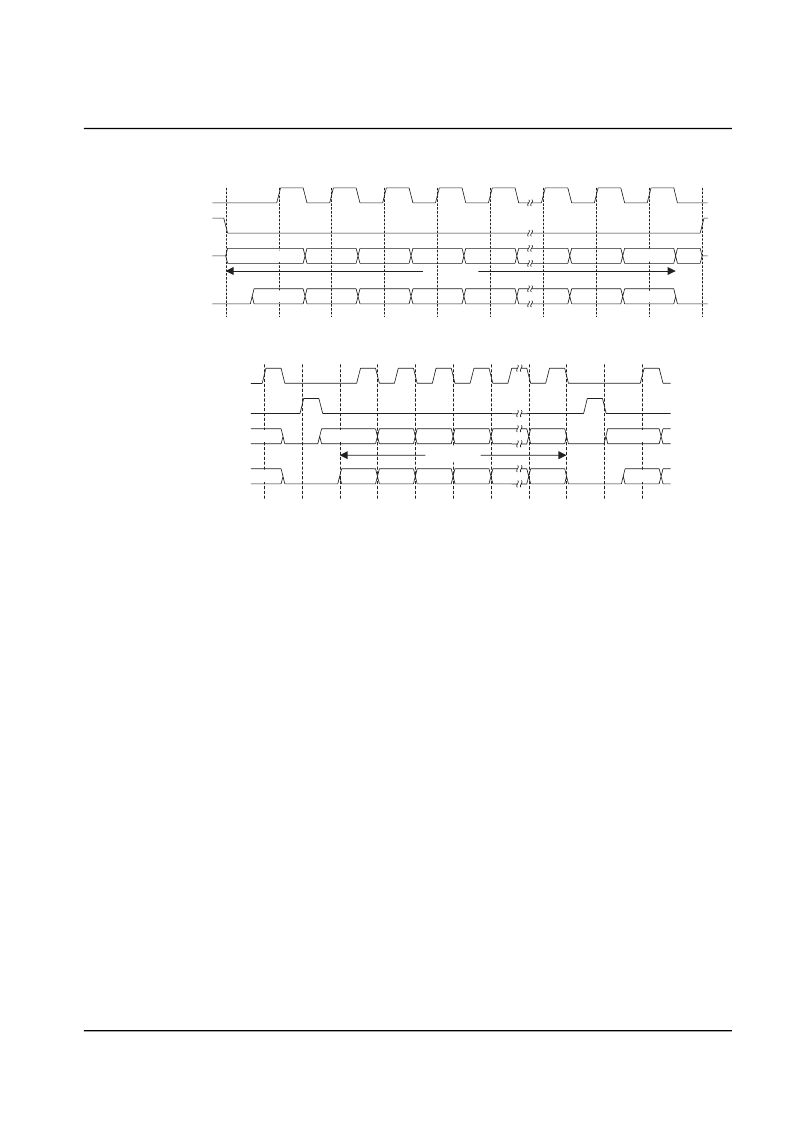- 您現(xiàn)在的位置:買賣IC網(wǎng) > PDF目錄358856 > LM3S101 (Electronic Theatre Controls, Inc.) Microcontroller PDF資料下載
參數(shù)資料
| 型號: | LM3S101 |
| 廠商: | Electronic Theatre Controls, Inc. |
| 英文描述: | Microcontroller |
| 中文描述: | 微控制器 |
| 文件頁數(shù): | 222/284頁 |
| 文件大小: | 1774K |
| 代理商: | LM3S101 |
第1頁第2頁第3頁第4頁第5頁第6頁第7頁第8頁第9頁第10頁第11頁第12頁第13頁第14頁第15頁第16頁第17頁第18頁第19頁第20頁第21頁第22頁第23頁第24頁第25頁第26頁第27頁第28頁第29頁第30頁第31頁第32頁第33頁第34頁第35頁第36頁第37頁第38頁第39頁第40頁第41頁第42頁第43頁第44頁第45頁第46頁第47頁第48頁第49頁第50頁第51頁第52頁第53頁第54頁第55頁第56頁第57頁第58頁第59頁第60頁第61頁第62頁第63頁第64頁第65頁第66頁第67頁第68頁第69頁第70頁第71頁第72頁第73頁第74頁第75頁第76頁第77頁第78頁第79頁第80頁第81頁第82頁第83頁第84頁第85頁第86頁第87頁第88頁第89頁第90頁第91頁第92頁第93頁第94頁第95頁第96頁第97頁第98頁第99頁第100頁第101頁第102頁第103頁第104頁第105頁第106頁第107頁第108頁第109頁第110頁第111頁第112頁第113頁第114頁第115頁第116頁第117頁第118頁第119頁第120頁第121頁第122頁第123頁第124頁第125頁第126頁第127頁第128頁第129頁第130頁第131頁第132頁第133頁第134頁第135頁第136頁第137頁第138頁第139頁第140頁第141頁第142頁第143頁第144頁第145頁第146頁第147頁第148頁第149頁第150頁第151頁第152頁第153頁第154頁第155頁第156頁第157頁第158頁第159頁第160頁第161頁第162頁第163頁第164頁第165頁第166頁第167頁第168頁第169頁第170頁第171頁第172頁第173頁第174頁第175頁第176頁第177頁第178頁第179頁第180頁第181頁第182頁第183頁第184頁第185頁第186頁第187頁第188頁第189頁第190頁第191頁第192頁第193頁第194頁第195頁第196頁第197頁第198頁第199頁第200頁第201頁第202頁第203頁第204頁第205頁第206頁第207頁第208頁第209頁第210頁第211頁第212頁第213頁第214頁第215頁第216頁第217頁第218頁第219頁第220頁第221頁當(dāng)前第222頁第223頁第224頁第225頁第226頁第227頁第228頁第229頁第230頁第231頁第232頁第233頁第234頁第235頁第236頁第237頁第238頁第239頁第240頁第241頁第242頁第243頁第244頁第245頁第246頁第247頁第248頁第249頁第250頁第251頁第252頁第253頁第254頁第255頁第256頁第257頁第258頁第259頁第260頁第261頁第262頁第263頁第264頁第265頁第266頁第267頁第268頁第269頁第270頁第271頁第272頁第273頁第274頁第275頁第276頁第277頁第278頁第279頁第280頁第281頁第282頁第283頁第284頁

LM3S101 Data Sheet
March 22, 2006
222
Preliminary
Figure 12-4.
Freescale SPI Format (Single Transfer) with SPO=0 and SPH=0
Figure 12-5.
Freescale SPI Format (Continuous Transfer) with SPO=0 and SPH=0
In this configuration, during idle periods:
SSIClk
is forced Low
SSIFss
is forced High
The transmit data line
SSITx
is arbitrarily forced Low
When the SSI is configured as a master, it enables the
SSIClk
pad
When the SSI is configured as a slave, it disables the
SSIClk
pad
If the SSI is enabled and there is valid data within the transmit FIFO, the start of transmission is
signified by the
SSIFss
master signal being driven Low. This causes slave data to be enabled
onto the
SSIRx
input line of the master. The master
SSITx
output pad is enabled.
One half
SSIClk
period later, valid master data is transferred to the
SSITx
pin. Now that both the
master and slave data have been set, the
SSIClk
master clock pin goes High after one further
half
SSIClk
period.
The data is now captured on the rising and propagated on the falling edges of the
SSIClk
signal.
In the case of a single word transmission, after all bits of the data word have been transferred, the
SSIFss
line is returned to its idle High state one
SSIClk
period after the last bit has been
captured.
However, in the case of continuous back-to-back transmissions, the
SSIFss
signal must be
pulsed High between each data word transfer. This is because the slave select pin freezes the
data in its serial peripheral register and does not allow it to be altered if the
SPH
bit is logic zero.
Therefore, the master device must raise the
SSIFss
pin of the slave device between each data
transfer to enable the serial peripheral data write. On completion of the continuous transfer, the
SSIFss
pin is returned to its idle state one
SSIClk
period after the last bit has been captured.
12.2.4.4
Freescale SPI Frame Format with SPO=0 and SPH=1
The transfer signal sequence for Freescale SPI format with SPO=0 and SPH=1 is shown in
Figure 12-6, which covers both single and continuous transfers.
4 to 16 bits
SSIClk
SSIFss
SSIRx
Q
SSITx
MSB
MSB
LSB
LSB
SSIClk
SSIFss
SSIRx
LSB
SSITx
MSB
LSB
4 to 16 bits
LSB
MSB
MSB
MSB
LSB
相關(guān)PDF資料 |
PDF描述 |
|---|---|
| LM4040D82IDCKR | PRECISION MICROPOWER SHUNT VOLTAGE REFERENCE |
| LM4040 | PRECISION MICROPOWER SHUNT VOLTAGE REFERENCE |
| LM4040DIM7-2.5 | Precision Micropower Shunt Voltage Reference |
| LM4040EIM7-2.5 | Precision Micropower Shunt Voltage Reference |
| LM4040EIM3X-2.5 | Precision Micropower Shunt Voltage Reference |
相關(guān)代理商/技術(shù)參數(shù) |
參數(shù)描述 |
|---|---|
| LM3S101_0610 | 制造商:未知廠家 制造商全稱:未知廠家 功能描述:Microcontroller |
| LM3S101-CRN20 | 功能描述:ARM微控制器 - MCU MICROCONTROLLER RoHS:否 制造商:STMicroelectronics 核心:ARM Cortex M4F 處理器系列:STM32F373xx 數(shù)據(jù)總線寬度:32 bit 最大時鐘頻率:72 MHz 程序存儲器大小:256 KB 數(shù)據(jù) RAM 大小:32 KB 片上 ADC:Yes 工作電源電壓:1.65 V to 3.6 V, 2 V to 3.6 V, 2.2 V to 3.6 V 工作溫度范圍:- 40 C to + 85 C 封裝 / 箱體:LQFP-48 安裝風(fēng)格:SMD/SMT |
| LM3S101-CRN20-XNPP | 制造商:未知廠家 制造商全稱:未知廠家 功能描述:Microcontroller |
| LM3S101-CRN20-XNPR | 制造商:未知廠家 制造商全稱:未知廠家 功能描述:Microcontroller |
| LM3S101-CRN20-XNPT | 制造商:未知廠家 制造商全稱:未知廠家 功能描述:Microcontroller |
發(fā)布緊急采購,3分鐘左右您將得到回復(fù)。